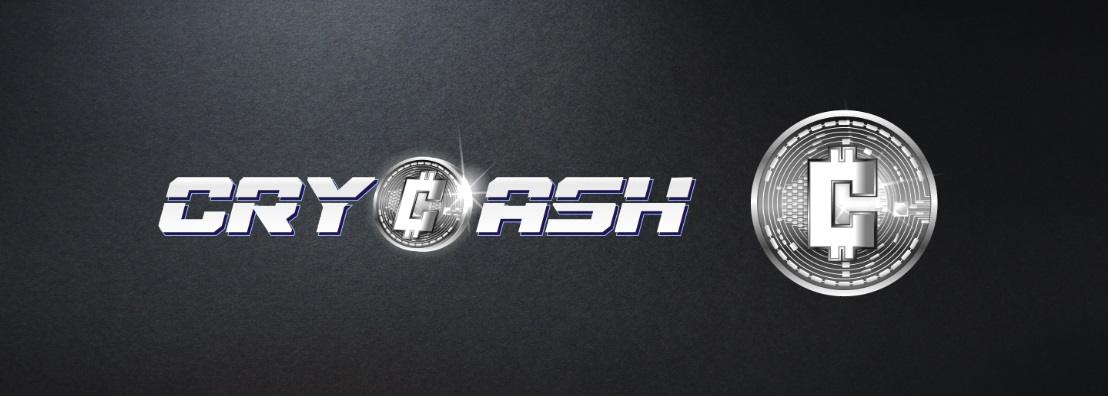Crytek partners with Crycash to launch a 'cryptocurrency for gamers'
New token seeks to monetize game time.

Crycash is a new cryptocurrency ecosystem designed with gamers in mind. It's also the name of the company behind it, which announced today that it has partnered with Crytek to integrate its blockchain-based currency into the developer's free-to-play shooter Warface. Crytek is also currently developing a game we're particularly interested in, Hunt: Showdown.
Crytek's press release describes Crycash as "an independent decentralized ecosystem of products for gamers fueled by an all-new, gamer-centric cryptocurrency." That ecosystem consists of four components fueled by the token (CRC) itself. The Plink app is the tentpole for it all, serving as a social network, a messaging and chat service, a task manager, and a CRC wallet.
Where some cryptocurrencies can be earned via mining—having a computer work on and solve specific problems in exchange for tokens—CRC can be earned by completing in-game tasks. These tasks are assigned to players by developers via Plink, and once completed reward CRC.
The Crycash whitepaper offers an example using Crytek's free-to-play military shooter Warface, which is slated to integrate Crycash early next year. "Warface Turkey sets a task to a gamer with Advertising Platform. This tasks [sic] will become available for gamer [sic] through Plink. Definition of task: Register in Warface and kill 100 enemies with a head shot and add 5 friends. For that user will receive 5 CRC tokens."
Crycash hopes to enlist other third-party developers over the course of 2018.
So, what is a CRC token worth? As Gamesindustry reports, CRC tokens will initially be offered from December 12 through January 15 for .001 Ethereum per one CRC. Ethereum currently trades for an average of $417, which puts the value of one CRC at just over $0.41. However, this price only applies to the initial offering, which also includes early and bulk buyer bonuses.
Although measured in Ethereum, CRC can also be exchanged for fiat currency at currently undisclosed rates.
The biggest gaming news, reviews and hardware deals
Keep up to date with the most important stories and the best deals, as picked by the PC Gamer team.
The Crycash ecosystem also includes a marketplace where CRC can be spent on in-game items, or other games. It's being built on the Cryengine marketplace, with Crytek taking 1.5 percent of all CRC transactions, and contracted developers paying a 20 percent tax on transactions.
There are also plans to establish an esports betting platform that deals in CRC by late 2018. The prize pools for Crycash-run tournaments would be subject to a four percent tax.
Finally, Crycash includes an advertising platform designed to allow developers to target specific demographics. Warface creative director Michael Khaimzon explained the alleged benefits of this system in an announcement video.
“You go to a performance marketing agency and pay $5 or $10 per user, and you never know the quality of those users,” Crytek managing director Faruk Yerli tells VentureBeat. “With Crycash, you can set goals for the players to achieve certain milestones in your game before they get the tokens. They fulfill the objective, and their receive their rewards in Crycash. That’s brilliant.”
Like Crytek's role and stake in the currency, the specifics and potential advantages of Crycash are still unclear, as is the future of cryptocurrency in gaming. Just yesterday Valve dropped Bitcoin as a Steam payment option, citing its unstable value and ballooning processing fees.
Crycash could avoid the high processing fees, but whether or not it will be more stable is impossible to say. Bitcoin prices have surged from less than $1,000 at the start of 2017 to currently more than $16,000, and Ethereum started the year at less than $10 and is now trading at $430. We'll know more in 2018.

Austin freelanced for PC Gamer, Eurogamer, IGN, Sports Illustrated, and more while finishing his journalism degree, and has been a full-time writer at PC Gamer's sister publication GamesRadar+ since 2019. They've yet to realize that his position as a staff writer is just a cover-up for his career-spanning Destiny column, and he's kept the ruse going with a focus on news, the occasional feature, and as much Genshin Impact as he can get away with.


